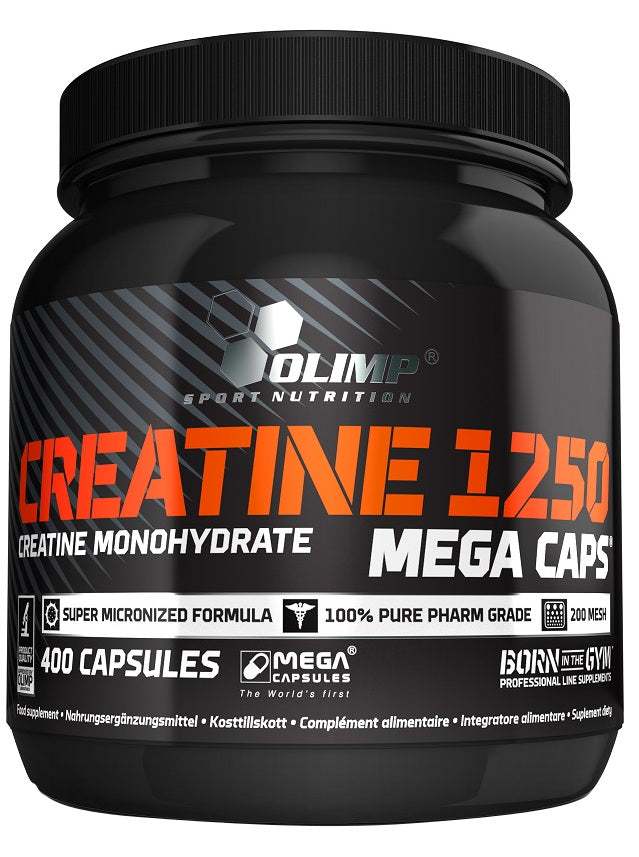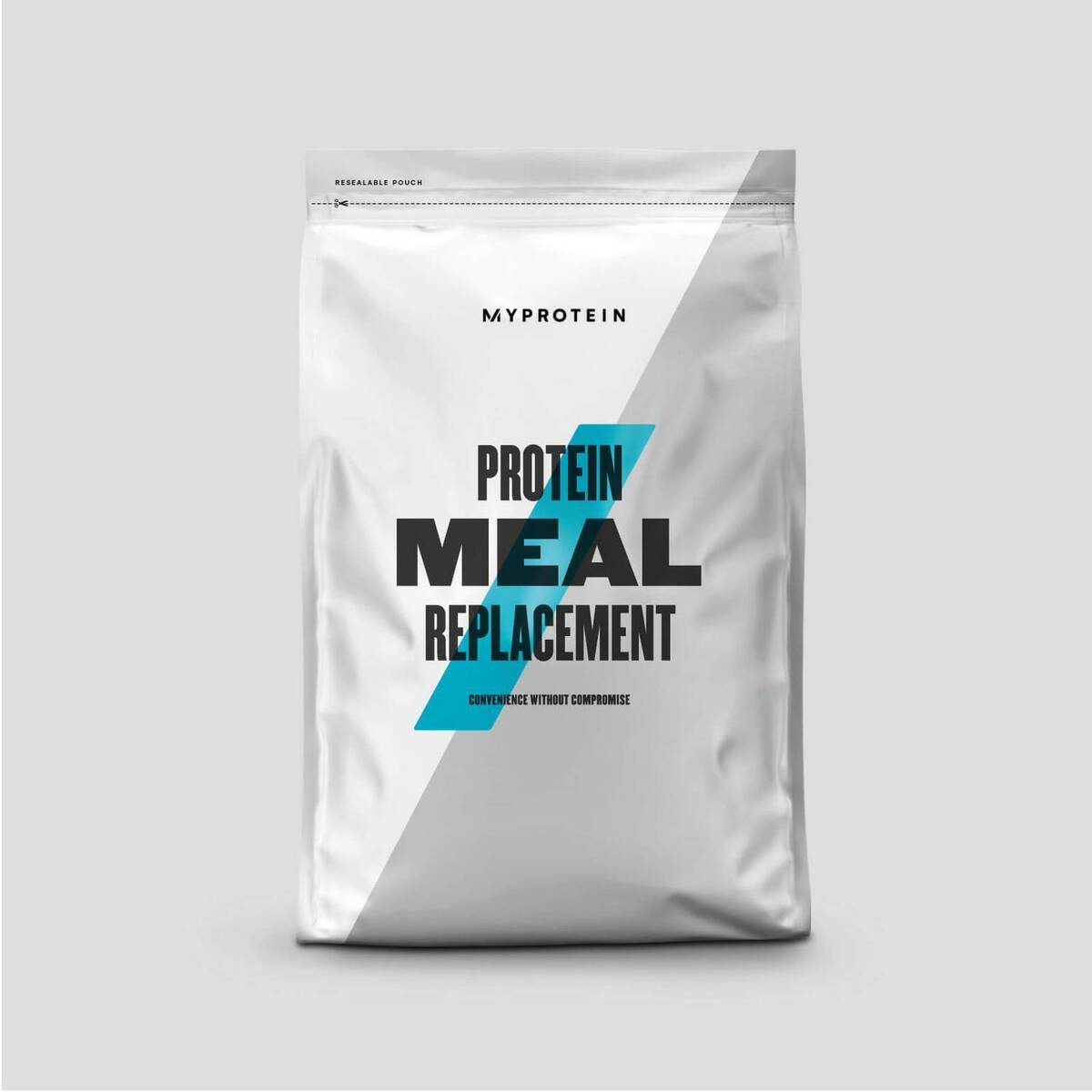
 Instagram
Instagram
Does low cortisol create muscle loss?
.png?v=1673370181500)

Related products
Cortisol is the primary catabolic hormone that can impact muscle mass. Stress, both physical and emotional, triggers the release of cortisol, and if your blood sugar is low, it can begin to break down muscle tissue. This process can be detrimental to those focusing on sports performance and muscle growth, as maintaining optimal hormone levels is key to seeing results.
Our ability to maintain physical fitness and go about our daily lives depends on a healthy hormonal system. For individuals aiming to grow muscle or improve their sports performance, understanding hormonal mechanisms is crucial. Cortisol plays an important role in managing weight, controlling inflammation, and regulating processes involved in digestion.
If you’ve spent considerable time and energy on your physique but aren’t seeing the intended results, it can be discouraging. You might have already experimented with altering your diet or physical activity, but incorporating the right sports supplements could help balance cortisol levels and support muscle recovery. Tailoring your approach with targeted supplements can boost your overall performance and enhance the effectiveness of your training efforts
What is cortisol?
Cortisol is generally known as the stress hormone because, despite being created regularly during the day, it is secreted by the adrenal gland in higher amounts in reaction to constant stress. The adrenal glands produce and release cortisol in varying amounts during the day from the adrenal cortex.
The quantity of cortisol produced decreases during the day, so concentrations are typically greater in the mornings and lower at night. However, the body produces more cortisol in response to stress.
This hormone has many advantages, including improving short-term memory and supporting the liver in detoxifying the body. The immune system collaborates with the hormone to control the body's blood glucose levels.
Low bone mass and elevated blood pressure are drawbacks. If cortisol is produced at normal levels, this won't be a problem. These characteristics only become a problem when the body produces increased levels of cortisol, which occurs most frequently in response to chronic stress.
You can check your cortisol levels through Welzo cortisol blood test.
Effect of cortisol hormone on muscle cells
In individuals with various disorders associated with muscle atrophy, hormones, including growth hormone (GH) and insulin-like growth factor-1 (IGF-1), have been demonstrated to improve body weight.
The adrenal cortex produces the steroid hormone cortisol, which is essential for maintaining balance and protein synthesis. The brain, cardiovascular system, skin, immunological system, pituitary gland, and muscle tissue are among the organs and target organs where cortisol mediates stress reactions on a neuroendocrine level.
The expression of genes varies when internal glucocorticoid receptors are activated, which also affects the cell's metabolism, morphology, and ability to send impulses.
When under anxiety, both healthy people and those with Cushing syndrome have high levels of cortisol secretion. The adverse effects of hypercortisolism on the body are quite diverse and include insulin resistance, obesity, sleeplessness, hyperglycaemia, and raised cholesterol and triglyceride levels.
It was shown that lower body mass was linked to higher stress levels. Fat and muscle tissue have been the main subjects of the majority of investigations examining correlations between muscle mass and cortisol levels.
A severely continual significant level of cortisol affects lipid metabolism and causes the release of glycerol and free fatty acids. Cortisol has a catabolic effect on fat tissue.
The metabolism of proteins and carbohydrates in muscle tissue is impacted by high cortisol levels. Muscle weakness is caused by an increase in the production of gluconeogenesis precursors from peripheral tissues caused by elevated cortisol levels.
The transient oxygen stress caused by exercise causes a rise in cortisol levels. Therefore, among people who exercise regularly with above-average muscle strength, unexpectedly higher cortisol concentrations can happen.
How to avoid the effect of cortisol during the workout?
Testosterone promotes muscular growth, while cortisol has the exact opposite effect! It is a catabolic hormone that inhibits tissue development and lowers protein production.
After exercising for roughly an hour, testosterone levels start to decline and cortisol levels start to climb. Naturally, this is a horrible mix, which is why any effective muscle-building exercise can be finished in less than an hour.
If you want to avoid the impacts of too much cortisol from slowing down your results, you should warm up properly and finish your stretches on your own time before lifting the weights. Otherwise, stay concentrated, just elevate, and finish your exercise in under an hour.
To further support your muscle growth, consider incorporating a supplement like Redcon1 Boom Stick Testosterone Support. It’s designed to help maintain healthy testosterone levels, promoting muscle growth while keeping cortisol in check. Sometimes, less is more, and restricting cardio activities to 4-5 times per week will be more effective than running for longer periods each day.
How to control your cortisol levels?
1. Do your exercise for less than 1-hour
If you exercise for more than an hour, your testosterone levels will decrease, and your cortisol levels will increase, which can stop your muscles from growing. To avoid this, it's essential to keep your workouts powerful and brief. To help support your performance and muscle recovery, consider incorporating a supplement like Shred Fatburner, which is designed to boost fat burning and support your fitness goals while keeping cortisol levels in check.
2. Limit your treadmill running during exercise
When incorporating cardio into your routine, it's important to remember that any form of cardio should be combined with a healthy diet. Doing too much cardio can increase cortisol production in the body, which can affect muscle growth. However, using a portable treadmill is a great solution for a low-impact workout that you can easily do at home. It's convenient, space-saving, and allows you to stay fit without needing to leave your house. Plus, its design ensures you can maintain a steady pace without overstraining your body.
3. Good nutrition
It has been discovered that eating more commonly assists in regulating cortisol levels, preserving them relatively low than if you were eating bigger meals less often. Try to eat at least 4 to 8 processed foods per day.
Breakfast and your post-workout snacks are the most crucial meals. Remember to eat in the morning, as research has shown that cortisol levels are greater at this time. Eating a balanced meal that includes protein, carbohydrates, and necessary fats will also assist in regulating cortisol levels.
4. Stay relaxed
Theoretically, this is a straightforward question because it is known that stress causes the body's cortisol levels to rise sharply. Try to relax and avoid letting anything get to you. Have a pleasant walk. Take a bath, read a book, or do anything else that makes you feel relaxed and relieves stress.
5. Enough Sleep
While 7 is the minimum, try for 8 hours of sleep! Don't forget that working out doesn't cause your muscles to develop. As you sleep, it grows. Make sure you're getting enough sleep because cortisol levels are low and growth hormones are high during that time.
6. Minimize caffeine intake
The stimulating impact of coffee can cause cortisol levels to increase, and research has shown that as few as 2-3 cups per day can have this effect.
If you want to learn more about sports performance read our blog! Find great articles such as everything you need to know about deadlifting and what's the strongest muscle in the human body!
















 Rated Excellent by 14,617+ Reviews
Rated Excellent by 14,617+ Reviews